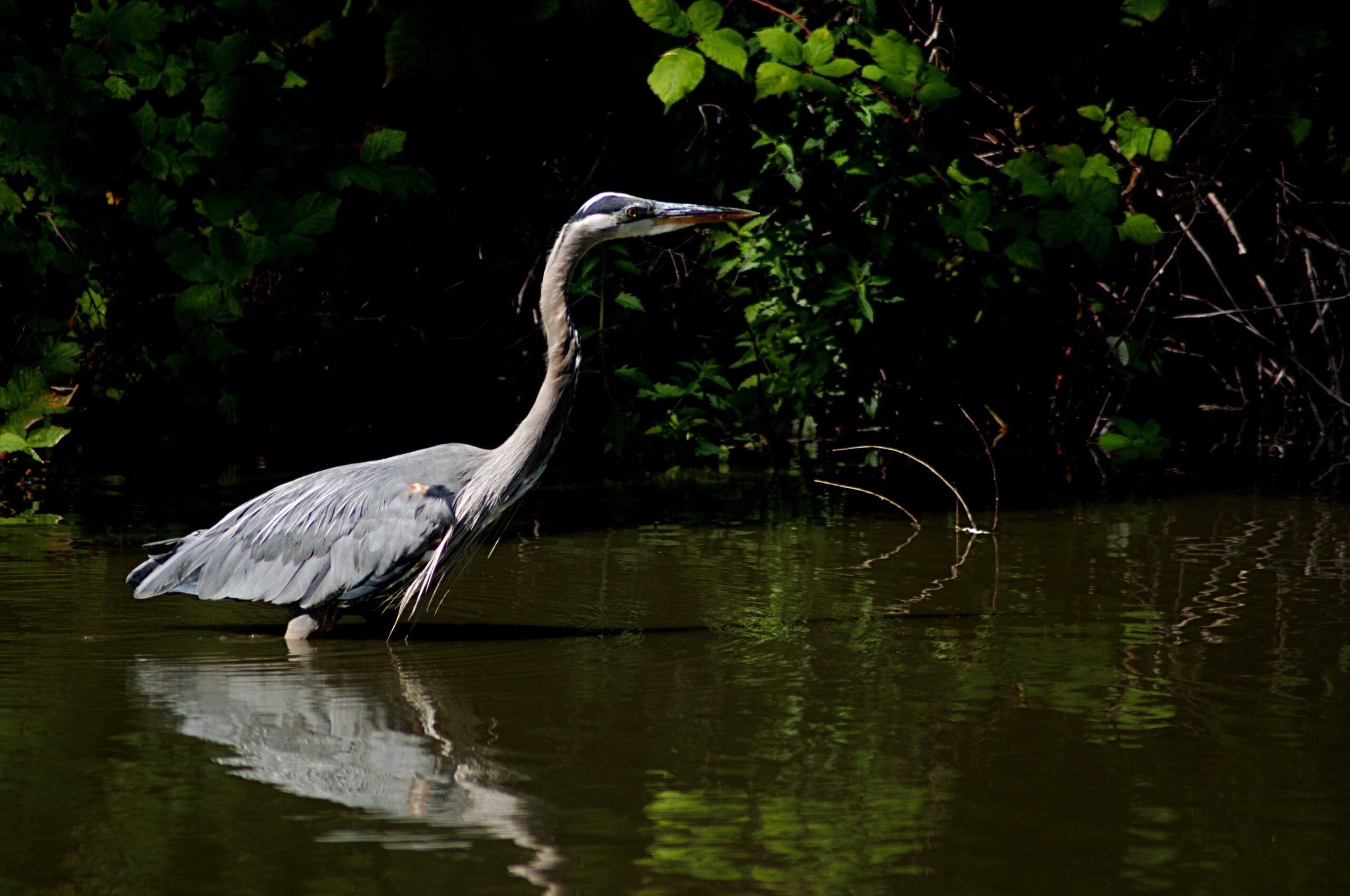Birdwatching in the UK offers a unique opportunity to explore the country’s diverse landscapes while observing a wide range of bird species in their natural habitats. From the coastal cliffs of Scotland to the wetlands of Norfolk and the countryside of Wales, the UK is home to over 600 bird species, both native and migratory. Whether one is a seasoned ornithologist or a curious beginner, the UK provides countless opportunities to enjoy birdwatching throughout the year. This guide outlines the best locations, common bird species, essential gear, and practical tips to enhance any birdwatching experience across the British Isles.
Top Birdwatching Locations in the UK
The United Kingdom is home to a wide variety of birdwatching hotspots, each offering distinctive habitats and species diversity. Whether observing seabirds along rugged coastlines or spotting rare migrants in ancient woodlands, enthusiasts have access to countless rewarding locations.
Here are some of the top birdwatching sites in the UK:
- RSPB Minsmere (Suffolk): A flagship reserve offering reedbeds, woodland, and coastlines. Home to avocets, bitterns, and marsh harriers.
- Bempton Cliffs (Yorkshire): A vital site for puffins, gannets, and razorbills during breeding season.
- Slimbridge Wetland Centre (Gloucestershire): Renowned for wintering wildfowl and managed habitats.
- Loch Garten (Scotland): Nesting site for ospreys, surrounded by ancient pinewoods.
- Ynys-hir (Wales): Coastal reserve known for wading birds and woodland species.
These locations are managed by organisations like the RSPB and Wildfowl & Wetlands Trust, ensuring conservation and public access. Many also provide bird hides, observation towers, and guided tours.
Nature reserves and protected areas for birdwatchers
Nature reserves play a crucial role in protecting avian biodiversity and offering accessible birdwatching opportunities. These protected spaces not only provide habitat for endangered and migratory species but also offer infrastructure that enhances the birding experience.
Key features of UK bird reserves include:
- Designated observation points such as hides and viewing platforms
- Interpretive signage detailing bird species and seasonal activity
- Accessibility for all levels of mobility
- Habitat diversity, including wetlands, moorlands, coastal cliffs, and forests
Many reserves also engage in citizen science projects, encouraging visitors to log sightings and contribute to national monitoring efforts. The management by conservation bodies ensures that these spaces support both ecological integrity and public education, making them ideal destinations for responsible wildlife observation.
Common Birds to Watch Across the UK
The UK’s varied habitats support a broad array of bird species, making it an ideal destination for both casual and expert birdwatchers. While some species are present year-round, many are seasonal visitors, offering different sightings throughout the year.
Here are some commonly observed birds in the UK:
- Robin: A familiar garden resident known for its bright red breast and melodious song.
- Blue Tit: Often seen in woodlands and urban parks, these small birds are easily recognized by their vibrant blue and yellow plumage.
- Blackbird: Common across rural and urban areas, known for its rich, fluting song.
- Starling: Frequently seen in large flocks performing aerial displays called murmurations.
- Chaffinch: The UK’s second most common bird, known for its sharp call and colorful markings.
Additionally, raptors such as the red kite and peregrine falcon are increasingly visible due to successful conservation programs. Seabird colonies, particularly along coastal areas, provide thrilling views of puffins, gannets, and kittiwakes during breeding seasons.
Seasonal bird species and their migration patterns
Bird migration is one of the most captivating aspects of birdwatching in the UK. Many species travel thousands of miles between breeding and wintering grounds, making seasonal timing critical for sightings.
Spring and Summer Migrants:
- Swallow: Arrives in spring from sub-Saharan Africa to breed.
- Cuckoo: Known for its distinctive call, often heard before seen.
- Warblers (e.g., willow warbler, chiffchaff): Occupy woodland and scrub habitats.
Autumn and Winter Visitors:
- Fieldfare and Redwing: Arrive from Scandinavia and Russia to escape the harsh winter.
- Brent Goose and Whooper Swan: Flock to coastal wetlands from the Arctic.
- Waxwing: Occasionally irrupts into the UK during harsh northern winters.
Understanding migration calendars enhances the birdwatching experience, allowing enthusiasts to plan trips and increase chances of observing rare or transient species.
Essential Gear for UK Birdwatchers
Successful birdwatching in the UK relies not only on patience and keen observation but also on having the right equipment. Whether in urban parks or remote wetlands, well-chosen gear enhances identification, comfort, and overall enjoyment.
Here’s a checklist of essential items:
- Binoculars: A must-have for all birdwatchers. A magnification of 8×42 or 10×42 strikes a balance between clarity and field of view.
- Spotting Scope: Especially useful for viewing distant birds, such as waders and raptors. A sturdy tripod is also recommended.
- Field Guide: A regional bird guide helps with identification. Books like Collins Bird Guide are popular for their detail and illustrations.
- Notebook or App: Recording sightings aids learning and contributes to citizen science databases.
- Appropriate Clothing: Waterproof layers, quiet fabrics, and neutral colors help stay comfortable and discreet in natural settings.
- Backpack: Lightweight and durable, used to carry gear, snacks, and water during longer excursions.
Equipping oneself with reliable gear ensures a more immersive and informed birdwatching experience.
Best binoculars, scopes, and field guides
Choosing quality optics and reference materials can significantly improve bird identification and observation, particularly in the UK’s often unpredictable weather conditions.
Recommended Binocular Brands:
- Zeiss, Swarovski, and Nikon offer excellent clarity, durability, and light transmission.
- RSPB and Opticron also offer budget-friendly options for beginners.
Spotting Scopes:
- Look for waterproof and fog-proof models with variable zoom (e.g., 20–60x).
- Compact models are ideal for travel; full-size scopes offer better detail for distant birds.
Field Guides:
- Collins Bird Guide is widely considered the definitive guide in Europe.
- Apps like Merlin Bird ID or BirdTrack provide portable, interactive options, including calls and migration maps.
Investing in the right gear not only sharpens observation but also builds confidence in identifying species across different habitats and seasons.
Tips for Beginner Birdwatchers in the UK
Starting out in birdwatching can be both exciting and overwhelming. The UK, with its rich birdlife and accessible habitats, offers an ideal environment for beginners. A few practical tips can make the early experience more enjoyable and rewarding.
Here are essential tips for those new to birdwatching:
- Start Local: Begin in nearby parks, gardens, or nature reserves where birds are accustomed to human presence.
- Go Early: Birds are most active at dawn, making early morning the best time for observation.
- Stay Still and Quiet: Movement and noise can scare birds away. Blend in and observe from a comfortable distance.
- Use a Guide: Bring a bird field guide or app to help identify species based on color, size, shape, and call.
- Take Notes: Recording sightings sharpens identification skills and helps track progress.
- Join a Community: Local bird clubs, RSPB events, or online forums provide guidance, locations, and shared knowledge.
Birdwatching does not require expensive gear or remote locations; it begins with curiosity and consistent practice.
How to start birdwatching and what to expect
New birdwatchers often wonder what to expect during their first outings. The key is to manage expectations, build observation skills, and appreciate the learning curve involved.
What to expect when getting started:
- Limited sightings at first: Don’t expect to see rare species immediately. Focus on learning common birds.
- Misidentification is common: Many birds look similar. Mistakes are part of the learning process.
- Weather matters: Wind, rain, and light conditions can influence both bird activity and visibility.
- Progress is gradual: Recognition of songs, flight patterns, and seasonal behavior improves over time.
Pro tip: Keep a “life list” of birds spotted—it motivates and tracks development. Over time, even a simple walk in the park becomes a richer experience as one learns to detect movement, calls, and subtle differences between species.
Birdwatching grows from observation into appreciation, providing not just wildlife knowledge but also peace and mindfulness in nature.
Birdwatching Etiquette and Conservation
Birdwatching is not only a recreational activity but also a responsibility. With increasing interest in nature-based hobbies, it’s crucial that birdwatchers follow ethical guidelines to minimize human impact on birds and their habitats.
Here are key principles of birdwatching etiquette:
- Keep a respectful distance: Use binoculars or scopes instead of approaching birds too closely, especially during nesting season.
- Stay on designated paths: Straying off-trail can damage fragile ecosystems and disturb wildlife.
- Avoid playback calls: Playing bird songs can stress territorial birds or lure them away from their nests.
- Minimize noise: Loud conversations or sudden movements can startle birds and other wildlife.
- Do not feed wild birds: Supplemental feeding can disrupt natural foraging behavior and attract predators.
- Take only pictures: Never remove eggs, feathers, or nests. Leave habitats undisturbed for others and for the birds themselves.
By following these practices, birdwatchers help ensure that future generations can enjoy the same experiences in nature.
Respecting wildlife and protecting natural habitats
Beyond personal conduct, birdwatchers play a role in broader conservation efforts. Many UK bird habitats are under pressure from climate change, pollution, and land use changes. Ethical birding contributes to their protection.
Ways birdwatchers support conservation:
- Participate in surveys: Citizen science projects like the RSPB’s Big Garden Birdwatch gather valuable data.
- Support local reserves: Visiting and donating to organizations like the RSPB, WWT, and local wildlife trusts helps fund conservation work.
- Advocate for wildlife laws: Supporting policies that protect nesting grounds and limit development in sensitive areas is crucial.
- Educate others: Sharing ethical practices helps build a responsible birdwatching community.
Responsible birdwatching balances personal enjoyment with environmental stewardship. In doing so, birders become not just observers but active protectors of the UK’s natural heritage.
Conclusion and Further Resources
Birdwatching in the UK offers a deeply rewarding way to connect with nature, appreciate the country’s rich biodiversity, and participate in meaningful conservation efforts. From iconic coastal cliffs to tranquil wetlands and ancient woodlands, the UK’s varied landscapes provide habitats for hundreds of bird species throughout the year.
Whether a newcomer or a seasoned birder, understanding key aspects such as the best locations, common birds, seasonal behaviors, and proper field etiquette enhances both the enjoyment and the ethical practice of birdwatching. Investing in quality gear and staying informed about weather patterns further enriches each outing.
Importantly, birdwatchers serve as both observers and guardians of wildlife. By respecting nature and contributing to citizen science and conservation, they help protect the future of avian populations in Britain and beyond.
For those seeking to deepen their knowledge, resources such as the RSPB, British Trust for Ornithology (BTO), and Wildfowl & Wetlands Trust (WWT) offer guides, events, and volunteer opportunities.

